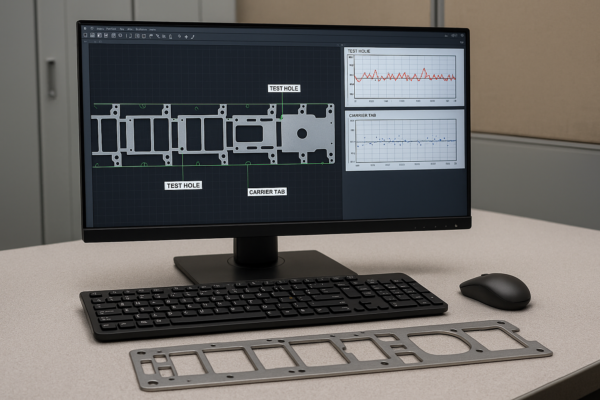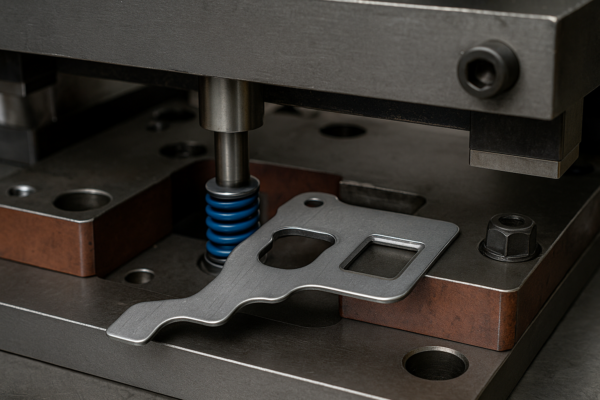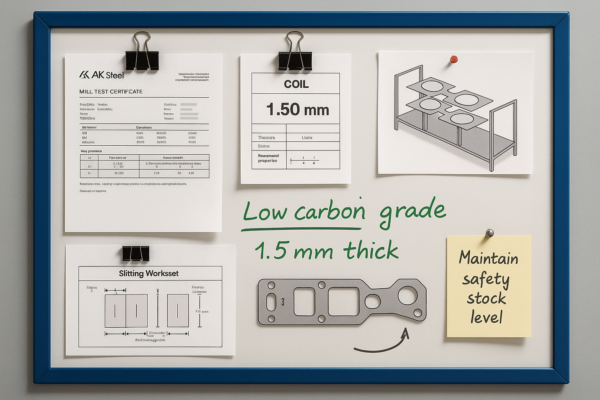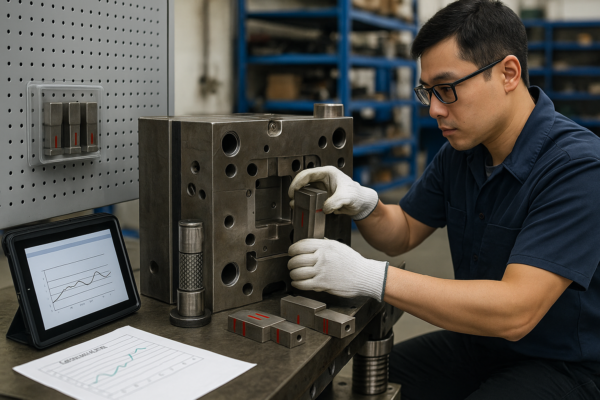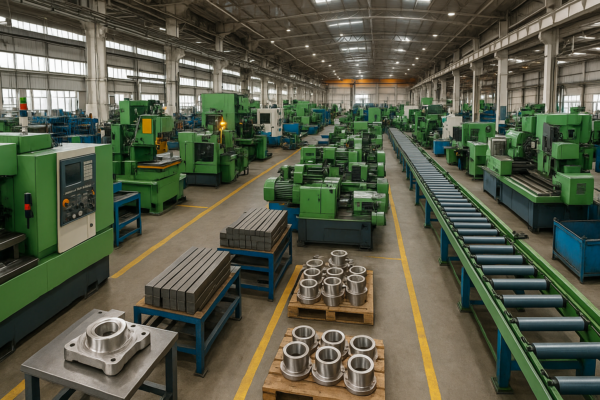What are the Most Common Types of Welds?
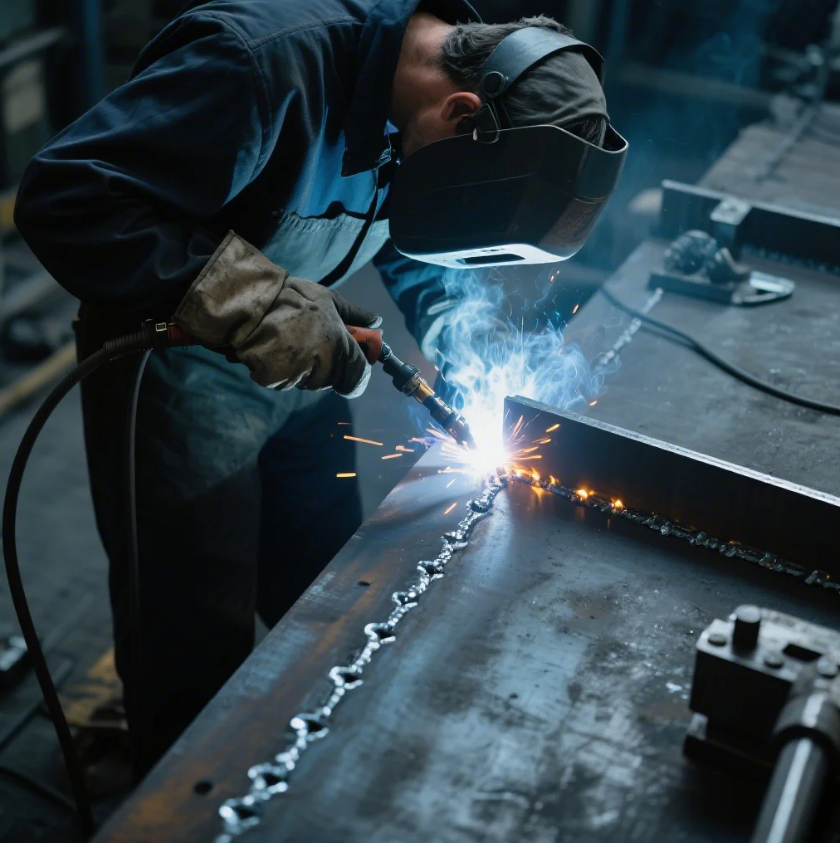
Welding can be challenging for many buyers and engineers when choosing the right type of weld for their projects. It’s essential to understand the different weld types to ensure the strength, durability, and cost-effectiveness of your products.
Snippet paragraph: Knowing the most common types of welds can help you make better decisions on welding methods for your industrial projects. Learn more about the top choices for reliability and quality.
Transition paragraph: Keep reading to discover the most commonly used welding techniques in manufacturing and how they affect your production process.
What are the Two Most Common Types of Welds?
Welding is crucial in industries such as automotive, construction, and electronics, where strong and reliable connections between metal parts are needed. The two most common types of welds you’ll encounter are butt welds and fillet welds.
Snippet paragraph: Butt welds and fillet welds are widely used for joining metal parts. Learn more about these two common welding techniques to decide which best fits your needs.

Butt Welds
A butt weld is used when two metal pieces are joined edge to edge, typically in the same plane. It’s one of the simplest and most efficient welds, offering high strength and durability when done correctly. This type of weld is commonly used in pipes and tubes where the joint is smooth and doesn’t require additional reinforcements.
Fillet Welds
A fillet weld, on the other hand, is applied at the corner or edge of the workpieces. It is especially useful when the two pieces form an angle (typically 90°). This weld is easier to apply and is commonly used in applications where the materials are of varying thickness or when aesthetic appeal is a factor.
Comparing Butt and Fillet Welds
| Weld Type | Application | Advantages | Best For |
|---|---|---|---|
| Butt Weld | Edge-to-edge joints | Strong and durable, clean finish | Pipes, tubes, and structural joints |
| Fillet Weld | Corner or edge joints | Easier to apply, versatile | Frames, structural components |
What are the 4 Main Welds?
In addition to butt and fillet welds, there are other essential welding methods, each suited for specific applications. The four main types of welds are butt weld, fillet weld, corner weld, and tee weld.
Snippet paragraph: The four main weld types—corner, tee, fillet, and butt—serve different purposes. Let’s explore each one to understand how to choose the right type for your project.

Corner Weld
The corner weld joins two pieces at a 90° angle, much like a fillet weld, but it is often used where the corner is supported or reinforced by the surrounding material. It provides a solid bond and is ideal for heavy-duty applications.
Tee Weld
A tee weld connects two workpieces in a T-shaped configuration. This is often used in frame structures or situations where one piece is perpendicular to the other. Tee welds are designed to provide a strong bond without unnecessary complexity.
| Weld Type | Description | Best For |
|---|---|---|
| Corner Weld | Used where two parts meet at 90° | Heavy-duty structures or corner joints |
| Tee Weld | T-shaped joint | Frame structures, support beams, and tees |
What is a Type 2 Weld?
A Type 2 weld typically refers to a partial penetration weld. It’s a welding method used when full penetration isn’t necessary or practical. The weld partially penetrates the material, making it ideal for situations where strength is still required but not to the extent of a complete joint penetration. This type of weld is commonly used in heavy industrial machinery where full penetration is either too costly or unnecessary.
Snippet paragraph: Type 2 welds, or partial penetration welds, provide a strong, efficient solution where full penetration isn’t required. These welds are cost-effective for many industrial applications.
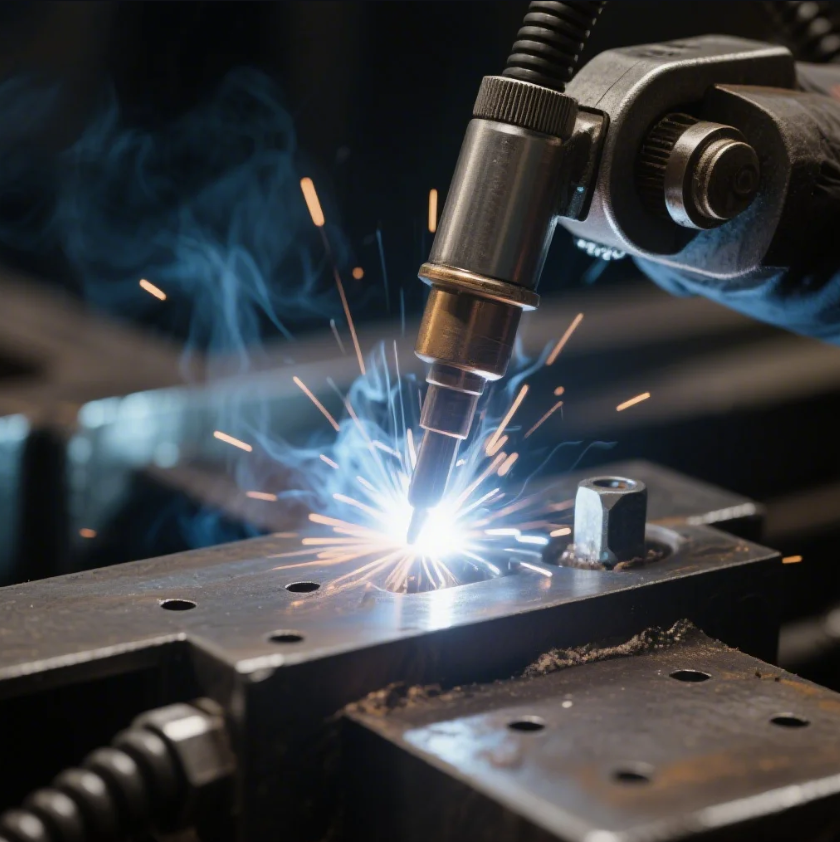
Benefits of Type 2 Welds
Type 2 welds allow for greater flexibility in manufacturing, especially when thickness and material cost are factors. The main benefits include cost savings and faster production, as partial penetration welds are easier and quicker to apply.
Ideal Uses
Partial penetration welds are ideal for non-critical applications where full penetration is not essential. They are often used in the automotive industry, particularly for car frames and other structures where full-strength joints are unnecessary.
What are the Two Most Common Welding Rods?
When selecting a welding rod, the material and type must match the workpiece. The two most commonly used welding rods are E6010 and E7018. Each type has its strengths and is used for different purposes in industrial welding.
Snippet paragraph: E6010 and E7018 are the two most common welding rods, each with specific applications that ensure durable and strong welds. Learn how to choose the right one for your project.
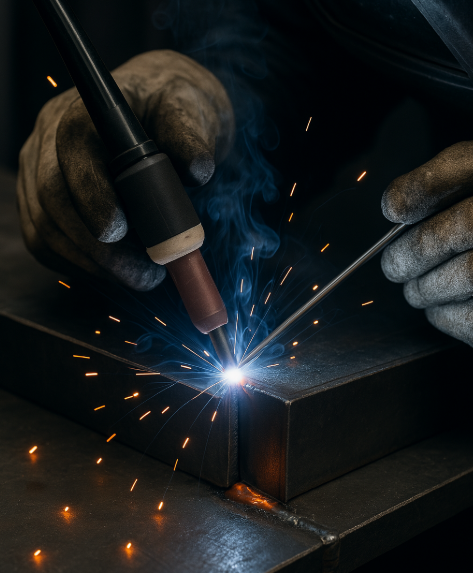
E6010 Welding Rod
The E6010 rod is commonly used for root passes and is known for its deep penetration. It works well for welding on rusty, dirty, or painted surfaces. This rod is perfect for applications requiring high arc force, such as pipe welding.
E7018 Welding Rod
The E7018 rod provides smoother, cleaner welds with excellent strength. It’s commonly used for structural welding and is ideal for welding in positions where access is limited. This rod offers good resistance to cracking and is often used in critical applications where high strength is required.
| Welding Rod | Application | Characteristics | Best For |
|---|---|---|---|
| E6010 | Root pass and pipeline welding | Deep penetration, versatile | Welding on dirty, painted surfaces |
| E7018 | Structural welding | Smooth finish, high strength | Critical applications, structural work |
Conclusion
Understanding the different welding types and rods can help you make more informed decisions about your industrial projects. Whether it’s choosing between a butt weld or a fillet weld, or selecting the right welding rod, each method offers unique advantages for your applications.
Ready to get started with high-quality welds? Contact Prime today for expert advice, custom solutions, and competitive pricing. Get your free consultation and quote now!

